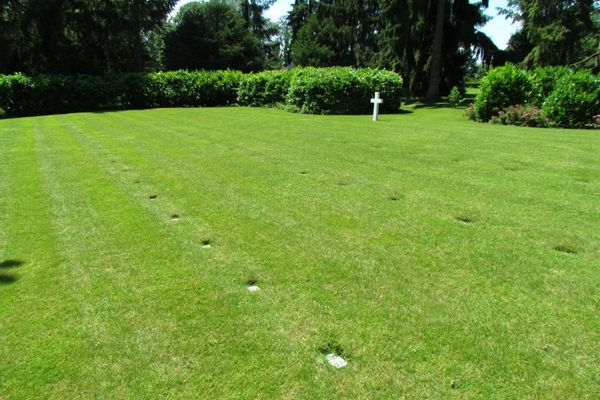About
According to strict Jewish law (and some modern laws), moving graves is prohibited, so when GM wanted to build a new factory over the existing Beth Olem cemetery, they had no choice but to simply build around it, completely surrounding the small walled graveyard within its borders.
Beth Olem interred its first bodies in the mid-1800s marking the burial of a number of Jewish immigrants within its (at the time) middle-of-nowhere plot. However as the area grew, the Jewish community largely dispersed from the area leaving Beth Olem to moulder for decades, receiving its final body in 1948.
With the rise of the Detroit automotive industry in the 1960s, large swaths of land began being bought up to house sprawling manufacturing complexes and soon the once remote Beth Olem was in the way of industrial progress. At first the cemetery was simply walled off and a long road leading to its gates was created, but when GM snapped up the land in the early 80s, they were not quite so accommodating and they simply built their plant around the whole cemetery, effectively hiding it from the public.
Today Beth Olem still sits right in the bowels of the active Detroit/Hamtramck Assembly Plant. However, anyone wanting to pay their respects to anyone buried there will have to wait for the two times a year that the gates are opened to the public. Either that or get a job in the car factory.
Related Tags
Know Before You Go
This is not open to the general public year round. It's inside of the GM Poletown Plant where you cannot access, except on the two days it is open to the public. The cemetery is only open to the public two days every year: Sunday before Passover and Rosh Hashanah.
Community Contributors
Added By
Published
February 5, 2015

























